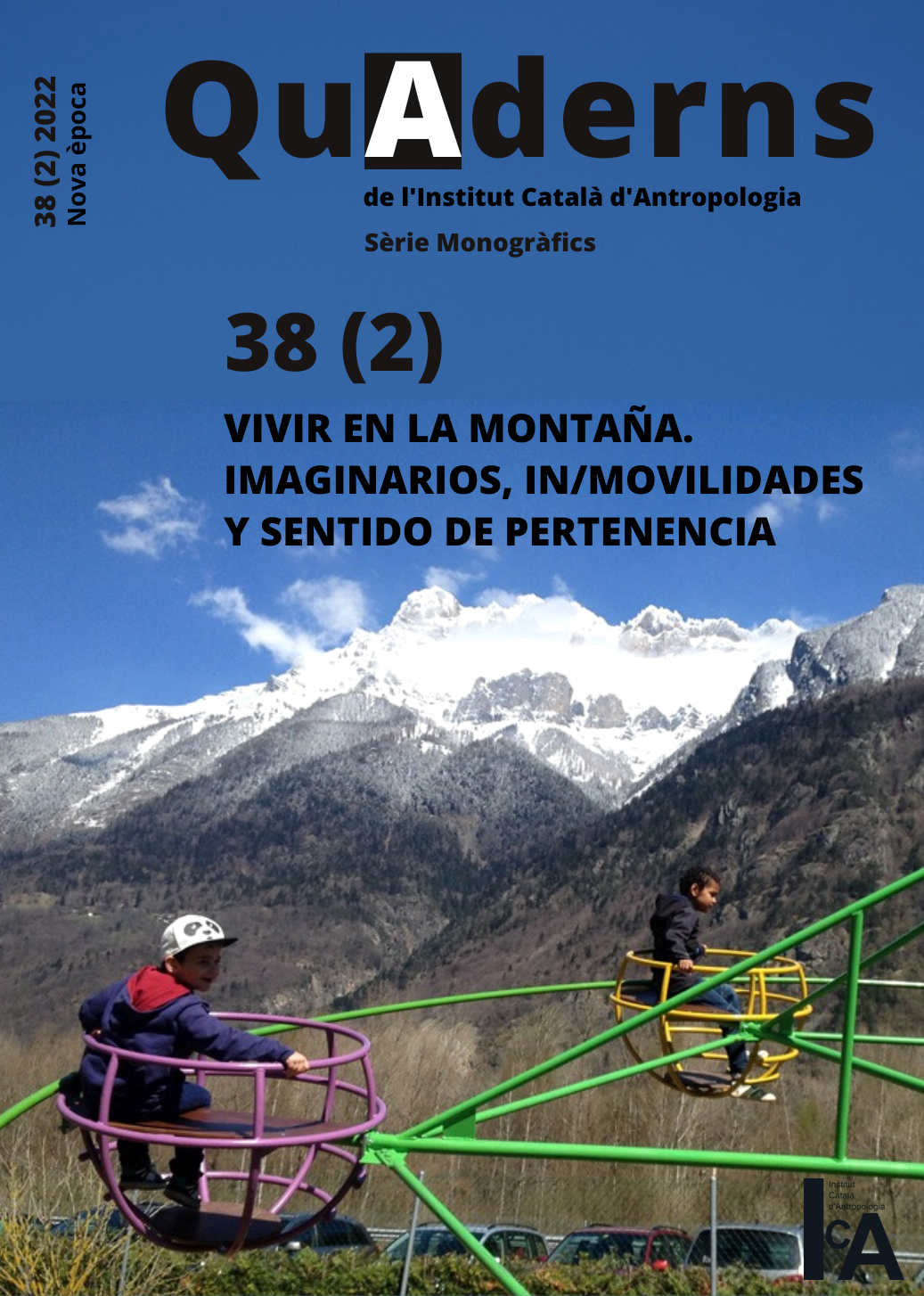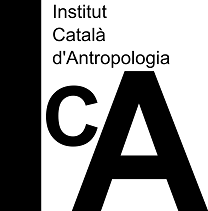Muleteers (Arrieros) of the Anthropocene in the Central Chilean Andes: New Mobilities for Dwelling in the Mountains.
DOI:
https://doi.org/10.56247/qua.422Keywords:
livestock communities, Andean mountains, mobilities, ethnographyAbstract
Livestock communities of the central Chilean Andes show how the redefinition of the management, control, and meaning they give to their territories and transhumant itineraries, respond to the challenges of the Anthropocene. Their shifting mobility, associated with their own and inherent dynamics of the transhumant activity, adapt to the relative and changing positions they occupy in the web of economic, social, cultural, and environmental tensions surrounding them. The Andean ranges are highly stressed scenarios. Under the collective property, the regime belongs to local livestock communities, whose origins date back to indigenous peoples' early colonial occupations, independents muleteers, fugitives and smugglers. Today, these communities face challenges due to global change due to complex transformation processes. Such challenges force them to redefine. Extractivist intervention, modernizing pressure, and variations in water associated with global change challenge their sense of communal identity, cultural traditions, and sovereignty, stimulating either reversive adaptive processes or resilient strategic practices. The times of the Anthropocene have reached them.
Downloads
Global Statistics ℹ️
|
864
Views
|
604
Downloads
|
|
1468
Total
|
|
References
Aranda, X. (1970). Algunas consideraciones sobre la trashumancia en el Norte Chico. Investigaciones Geográficas, 20, 141-169.
Baraona, R, Aranda, X., Santana, R. (1961). Valle de Putaendo: estudio de estructura agraria. Instituto de Geografía. Universidad de Chile.
Bengoa, J., (1988). El Poder y la Subordinación: Historia Social de la Agricultura Chilena. Ediciones SUR.
Budds, J. (2013). Water, Power, and the Production of Neoliberalism in Chile, 1973–2005. Environment and Planning D: Society and Space, 31(2), 301-318. https://doi.org/10.1068/d9511 DOI: https://doi.org/10.1068/d9511
Cometti, G. (2020). El Antropoceno puesto a prueba en el campo: cambio climático y crisis de las relaciones de reciprocidad entre los q’ero de los Andes peruanos. Antípoda. Revista de Antropología y Arqueología, 38, 3-23 DOI: https://doi.org/10.7440/antipoda38.2020.01
Crutzan, P., & Stoermer, E. (2000). The Anthropocene. Global Change News Letter, 41, 17-18.
Escolar, D. (1996). Prácticas espacio – temporales, poder e identidad entre los baqueanos de los Andes Sanjuaninos. Cuadernos Instituto Nacional de Antropología y Pensamiento latinoamericano, 17, 19-37.
Gudynas, E. (2009). Diez tesis urgentes sobre el nuevo extractivismo. En J. Schuldt, A. Acosta y A. Barandiarán (Eds.), Extractivismo, política y sociedad, (pp. 187-225). Centro Andino de Acción Popular.
Haraway, D.J. (2014). Manifiesto para cyborgs. Puente Aéreo.
Lacoste, P. (2008). El arriero trasandino y el transporte terrestre en el Cono Sur (Mendoza, 1780-1800). Revista de Indias, 68(244), 35-68
Maffesoli, M. (2004). El Nomadismo: vagabundeos iniciáticos. Fondo de Cultura Económica.
Michieli. C.T. (1992). Tráfico transcordillerano de ganado y acción de los indígenas cuyanos en el siglo XVII. Instituto de Arqueología y Museo U.N.S.J.
Moore, J. (2016). Anthropocene or Capitalocene? Nature, History, and the Crisis of Capitalism. En J. Moore (Ed.), Anthropocene or Capitalocene? (pp. 1-11). Kairos, PM Press.
Pazzarelli, F., & Lema, V. S. (2018). Paisajes, vidas y equivocaciones en los Andes Meridionales (Jujuy). Chungará, 50(2), 307-318. DOI: https://doi.org/10.4067/S0717-73562018005000602
Portillos, L. (2014). Extractivismo clásico y neoextractivismo, ¿dos tipos de extractivismos? Revista Tendencias, 15(2), 11-29. DOI: https://doi.org/10.22267/rtend.141502.40
Razeto, J. (2016). Comunidades, Lugares y Paisajes en las Montañas Andinas de Aconcagua en Chile Central (Tesis Doctoral). Universidad Nacional de Cuyo.
Razeto, J., Catalán Martina, E. y Skewes Vodanovic, J. C. (2019). Soberanía territorial, conservación ambiental y comunidades de campo común en Chile central. Polis (Santiago), 18(54), 75-89. DOI: https://doi.org/10.32735/S0718-6568/2019-N54-1403
Ríos, M. (2021). Paisajes generizados: estudio de la experiencia del paisaje del pastoreo de cabras en Río Hurtado (Tesis de Grado). Universidad de Chile.
Sapaj, G. (sf). Topologías de Corral: una aproximación de actor-red al sistema ganadero trashumante en la cordillera norte de Aconcagua.
Skewes, J. C. (2019). La regeneración de la vida en los tiempos del capitalismo: Otras huellas en los bosques nativos del centro y sur de Chile. Ocho Libros.
Skewes, J. C., Guerra, D. E., & Henríquez, C. (2014). Patrimonio y paisaje: Dos formas de ensamblar naturaleza y cultura en la cuenca del río Valdivia. Chungara, Revista de Antropología Chilena, 46(4), 651-688. DOI: https://doi.org/10.4067/S0717-73562014000400008
Solís de Ovando, J. (2004). Normativa Legal de las Comunidades Agrícolas: análisis crítico del DFL n° 5 de 1968 Ministerio de Agricultura. GIA.
Trischler, H. (2017). El Antropoceno, ¿un concepto geológico o cultural, o ambos? Desacatos, 54, 40-57. DOI: https://doi.org/10.29340/54.1739
Tsing, A. L. (2015). The mushroom at the end of the world: On the possibility of life in capitalist ruins. Princeton University Press. DOI: https://doi.org/10.1515/9781400873548
Valdés, N. (2021). Narrando desde el(los) género(s): relatos y prácticas en torno a los patrimonios culturales de Alicahue y Los Perales, Valparaiso, Chile (Tesis de Magister). Universidad de Chile.
Downloads
Published
How to Cite
Issue
Section
License
Distributed under the terms of the Creative Commons Attribution 4.0 International Use and Distribution License (CC BY-NC-SA 4.0)




